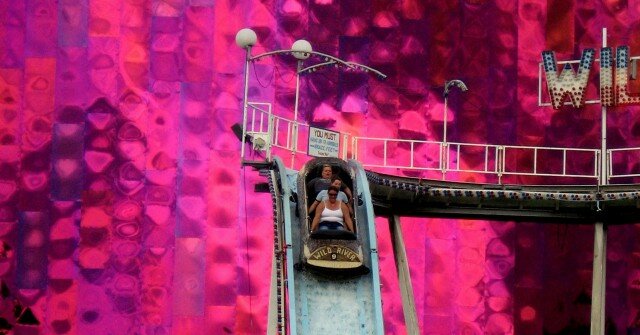(Via KIRO 7) With eight days of bidding left, and 38 bids, an historic 1927 fireboat is going for an easy $50,000 on eBay. This baby is loaded, but be warned — the buyer is responsible for picking it up.
Bidadoo Auctions has just this one fireboat on sale, and sadly their trailers seem to top out at 16 feet, so it seems as if bidders will want to be seafaring.
Still, let’s take a look at what you get. History, for one. The Alki was (is!) the City of Seattle’s third fireboat. Born in an Oakland shipyard in 1927, its 123-foot length (26 on the beam) led to it being billed as the largest fireboat you could get. It weighs in at a svelte 196 tons, with nine feet of draft. So not really for the Everglades, but certainly lake-worthy.
These days it’s diesel-powered (two supercharged GM 500 HP, 8-cylinder engines, 66 years young) — carrying over 8,000 gallons of fuel, so no worries about longer weekend trips — and can pump 16,200 gallons per minute at 120 PSI. Your kids will love that on a hot summer day, you kidding me? You bet they will.
Radar? Check. Depth sounder, check. VHF radio? All the very high frequencies, my friend. And kick that riveted steel hull if you want. This baby can take it. That’s made in America, buddy. Fog nozzle? I don’t even know that that is, but by god, it’s got it!
A couple of things, just a formality, really — the city wants to make sure you are a “responsible” buyer, so you’ll need to show proof of insurance — Ha ha! Can’t you just imagine the gecko standing on deck? — and moorage. We’ve…uh…we’ve had trouble with moorage in the past.
Two last things: the Alki is being sold “as is.” And, yes, Bidadoo does accept PayPal.

